|
|
本帖最後由 khle 於 2013-3-26 10:43 編輯
2014 年Jaguar XJ 終於出R版。5.0 V8 supercharge, 菱形鬼面 grill, 大輪軡, 硬suspension 都係基本動作。
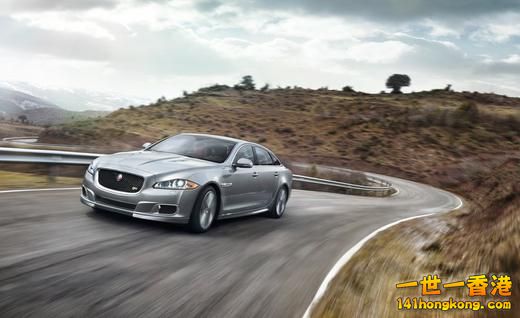
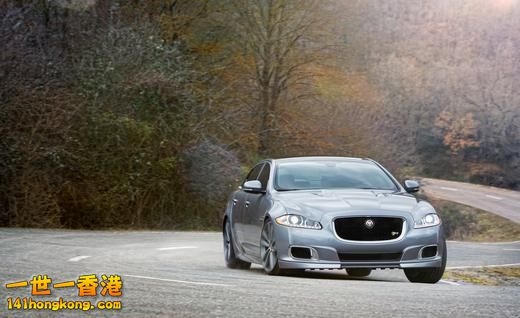
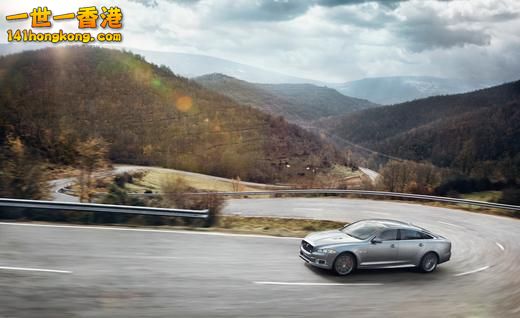
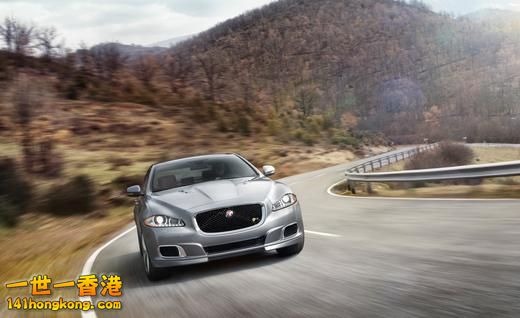
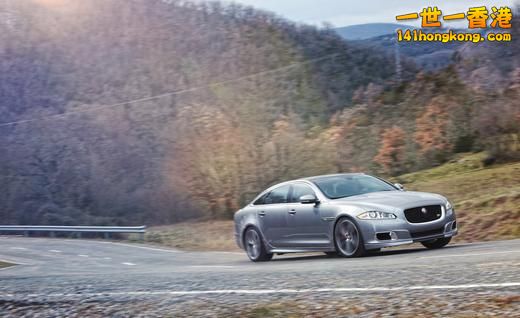
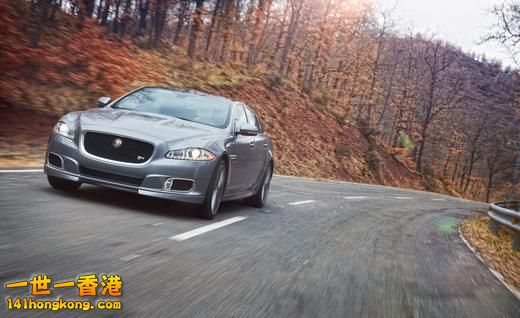
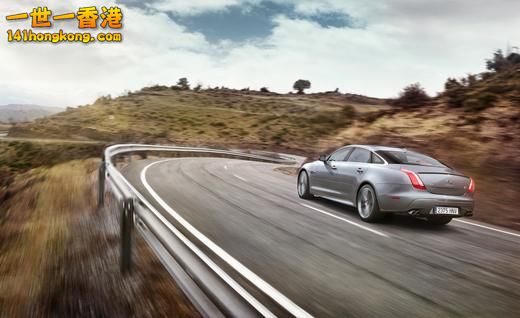
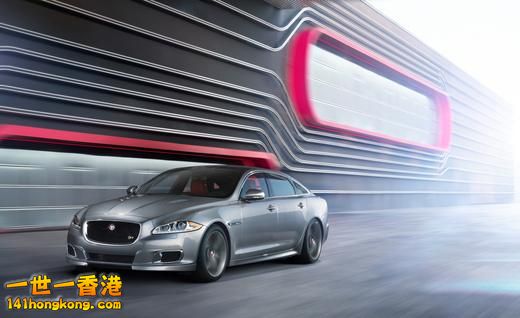
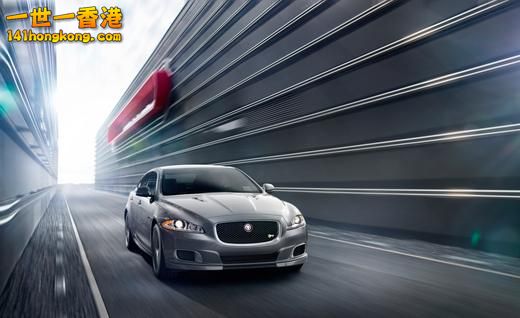
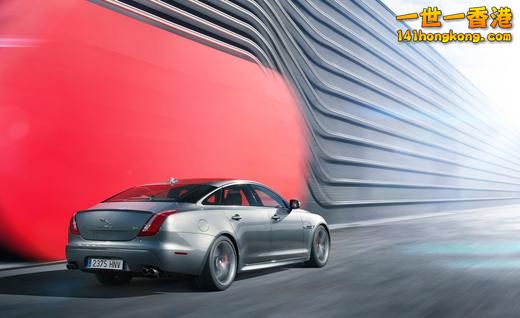
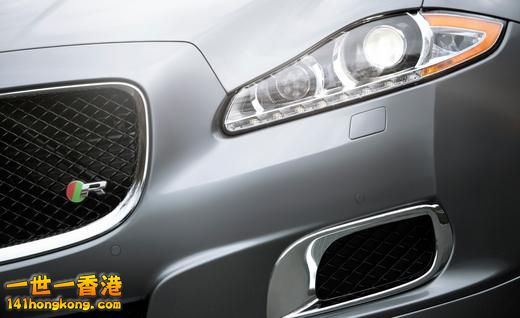
Jaguar is resurrecting the XJR sports sedan for 2014 after a five-year hiatus, and it is showing off the big girl at the 2013 New York auto show. Not since the previous-generation, retrolicious XJ bowed out for 2009 has the XJ line featured something with an R badge, and this new feisty full-size four-door joins the XFR sedan and XKR coupe and convertible in Jag’s high-po R arsenal.
XJRRRGGHH!
Like those cars, the 2014 XJR is set apart from lesser XJs—which Jag updated for 2013—by way of a hotter engine, a firmer chassis tune, and more-aggressive styling. As for the latter, the XJR gets a new front fascia with rocker-panel extensions, a subtle rear lip spoiler, gaping chrome-edged air intakes, and R-signature black-mesh grilles. A set of lightweight 20-inch, forged-aluminum wheels cribbed from the XJ Supersport model finish off the XJR’s sinister theme, one that manages to suitably amp up the visual wattage without disrupting the XJ’s sultry lines.
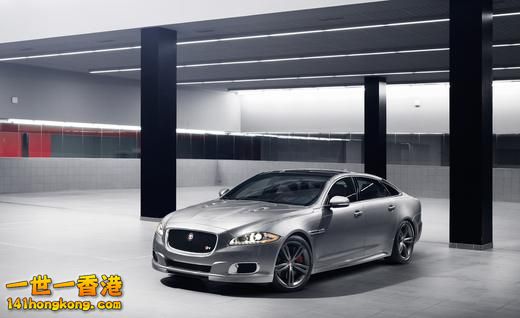
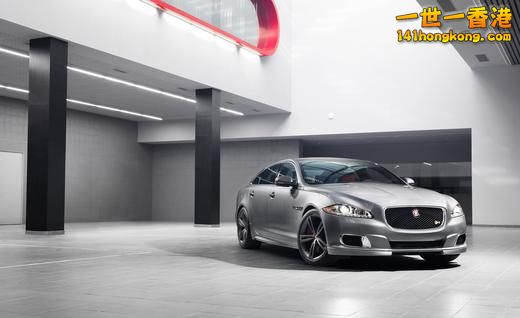
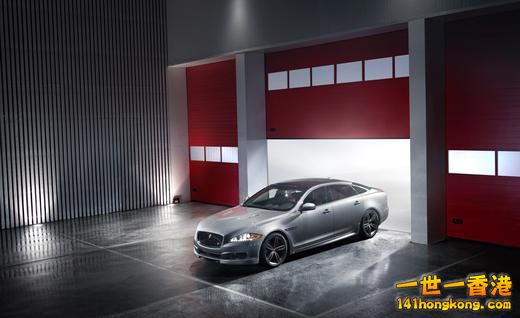
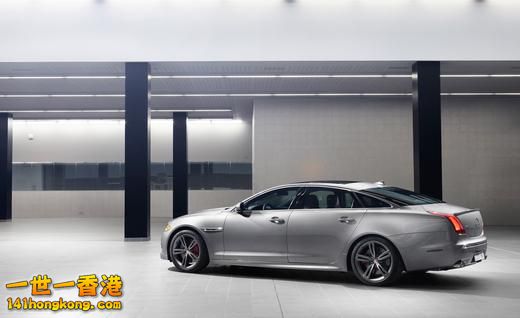
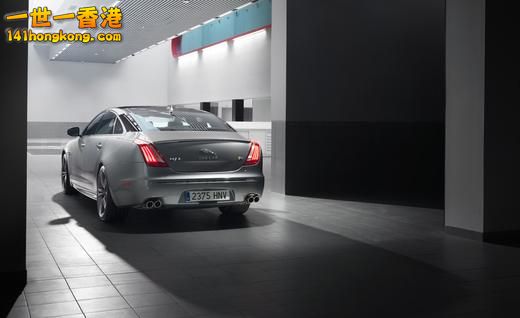
As befits Jaguar’s flagship, the XJR’s engine bay is home to the 550-hp, supercharged 5.0-liter V-8 from the XFR-S and XKR-S coupe and droptop, instead of the 510-hp example of the same engine shared by the XFR and XKR. (The non-R XJ is available with a 340-hp, supercharged 3.0-liter V-6; a 385-hp, 5.0-liter V-8; and 470- and 510-hp iterations of the supercharged, 5.0-liter V-8.) In the XKR-S, the 550-hp V-8 is a peach, making power everywhere on the tach while sounding glorious. The blown V-8 is hitched up to a paddle-shifted eight-speed automatic transmission powering the rear wheels.
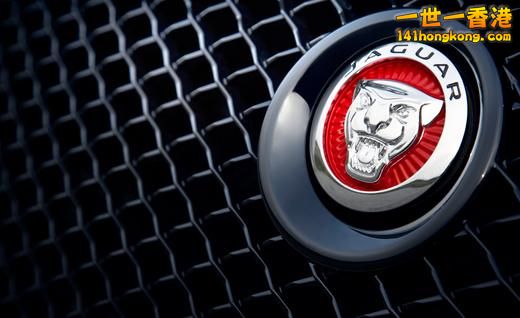
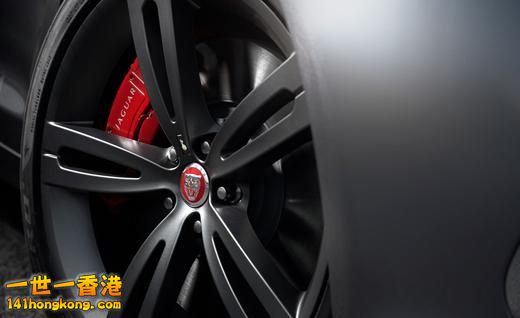
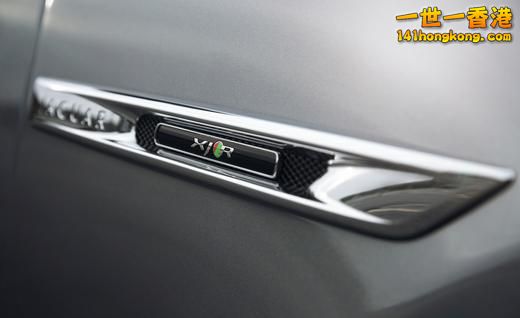
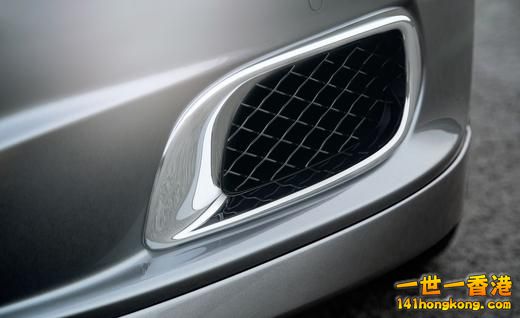
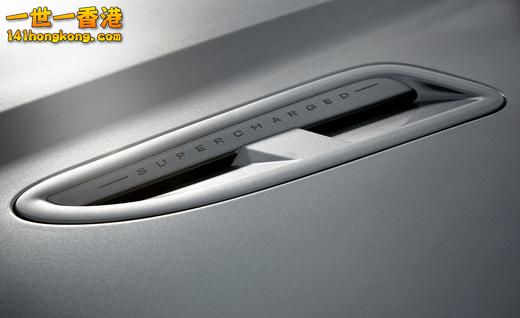
Jaguar’s performance estimates for the XJR are, as you’d expect, rather impressive: 0–60 in 4.4 seconds and an electronically limited top speed of 174 mph. In fact, we suspect Jaguar’s acceleration figure is actually quite conservative—we’ve clocked the regular-length 510-hp XJ Supersport to 60 mph in just 4.1 seconds, while a long-wheelbase version we tested took an additional tenth of a second. Not that fuel economy matters much to buyers looking at vehicles like this, but the XJR is rated for 15 mpg in the city and 23 on the highway, the same as the less-powerful XJ Supersport and XJ Ultimate. A standard engine stop-start system supposedly aids fuel economy in stop-and-go situations, but, again, does it really matter?
For those times when the XJR isn’t stuck in stop-and-go traffic, Jaguar fitted performance-tuned springs and tweaked the Adaptive Dynamics variable dampers for better body control. The XJR’s big (15-inch front and 14.8-inch rear) vented disc brakes haul the big kitty down from speed. Even the regular versions of the XJ drive exceptionally well for their size—credit the cars’ weight-saving, aluminum-intensive structure—and we have little doubt that the XJR will improve on the breed’s reputation.
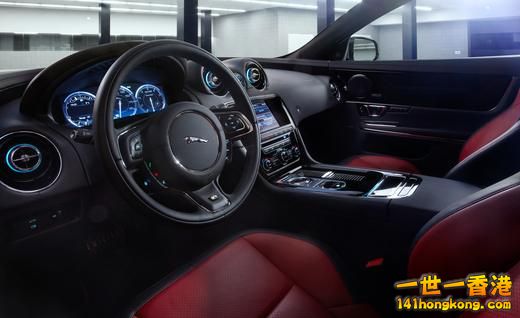
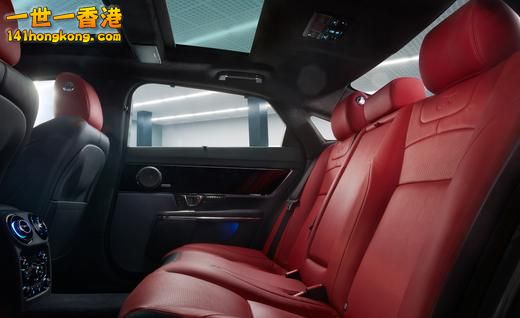
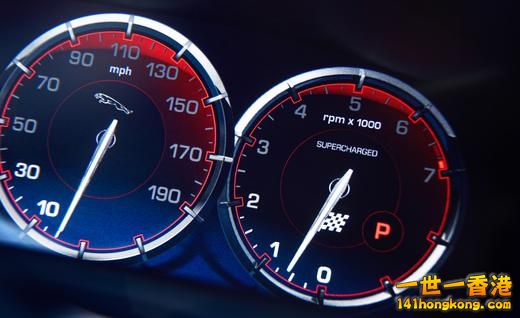
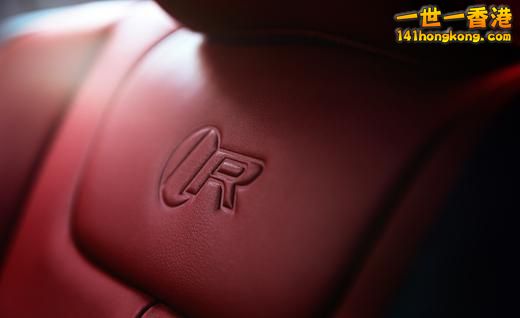
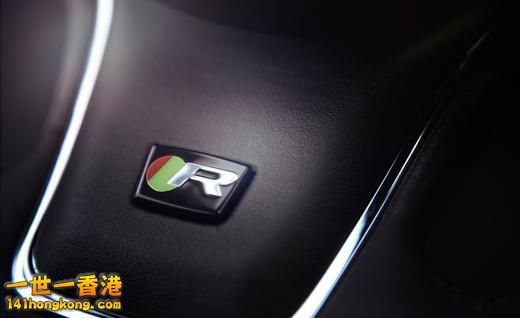
|
|


 [/img][/img]
[/img][/img]


